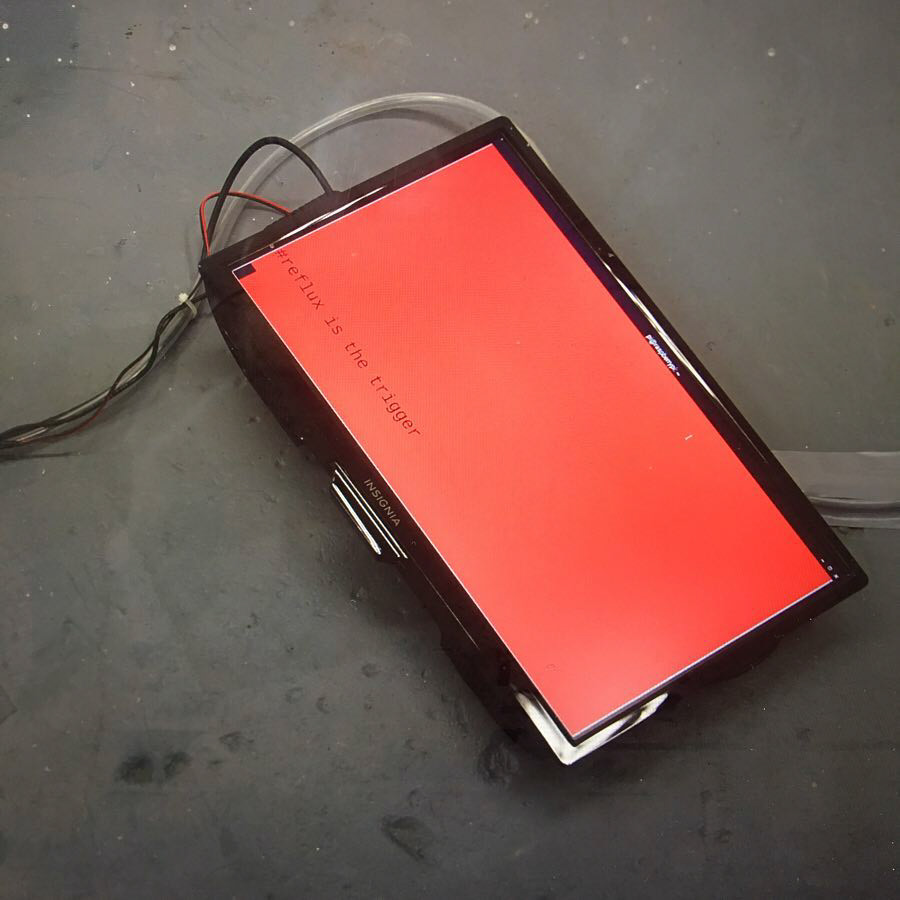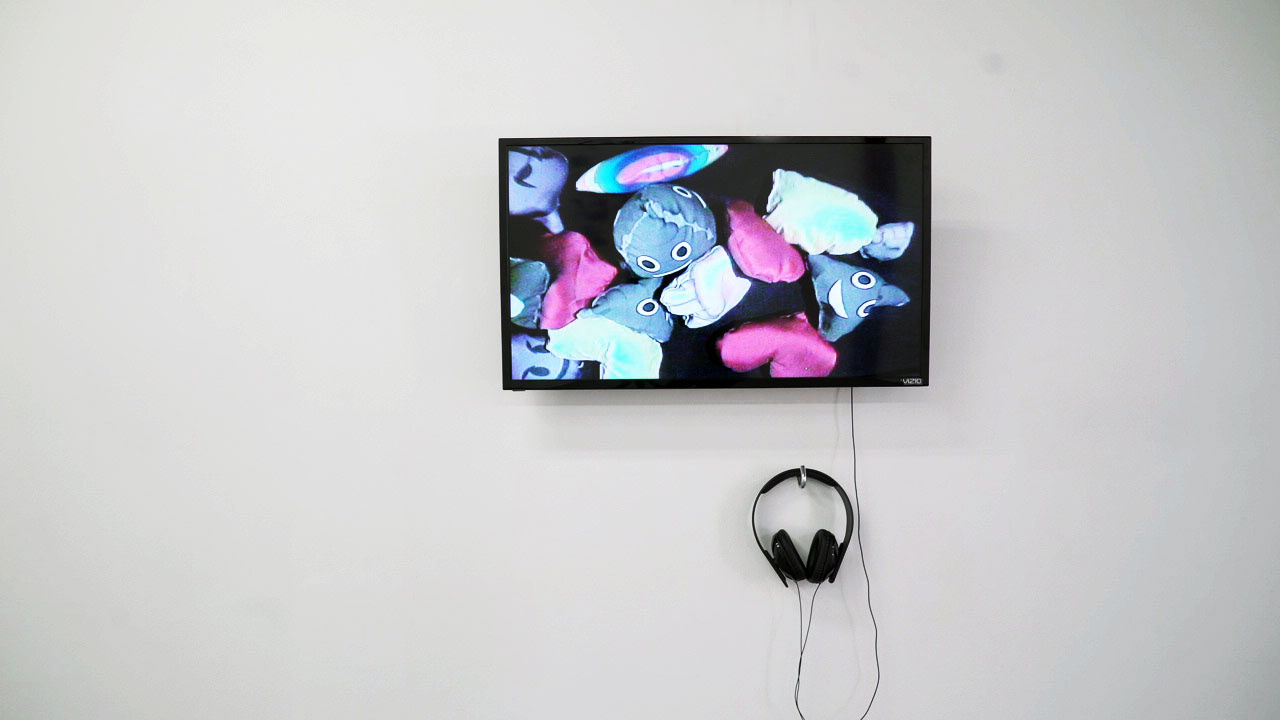Mina Zarfsaz. A Choir of Soundbodies . Prints, Augmented Reality interface . 2019
Mina Zarfsaz. this/that . Kinetics . 2019


#reflux . 2019


Up Stream, Down Body, in collaboration with Timothy Belknap
March 16 - April 13, 2019
March 16 - April 13, 2019
“Art is born out of an ill-designed world.”
― Andrei Tarkovsky
Pilot+Projects is pleased to announce Up Stream, Down Body, a collaborative exhibition by Philadelphia artists Tim Belknap and Mina Zarfsaz. Both individual makers of technologically driven sculptural installations, Belknap and Zarfsaz have only recently begun working collaboratively, finding common ground in works attuned to particularities of being human, from processing and communicating the world around us to movement and the simultaneous grossness and sensuousness of our fleshy bodies.
For this exhibition the pair show us representations of the mouth, the tongue, and the ass crack, disembodied limbs caught in tangled relationships with technology, a dual understanding of corporeal sensitivity ultimately determined by our interactions with glowing screens. Mechanized sculptures controlled by twitter feeds mimic human movement in oversized absurdity, while images in augmented reality reveal mouth-generated swarms of vocal improvisation. Viewers/users control these objects, yet control is never exerted as much as it’s simulated. This body mimicry at times turns to mockery with things inflating, flexing, getting weird, and we find ourselves questioning if we’re in or out of the joke.
― Andrei Tarkovsky
Pilot+Projects is pleased to announce Up Stream, Down Body, a collaborative exhibition by Philadelphia artists Tim Belknap and Mina Zarfsaz. Both individual makers of technologically driven sculptural installations, Belknap and Zarfsaz have only recently begun working collaboratively, finding common ground in works attuned to particularities of being human, from processing and communicating the world around us to movement and the simultaneous grossness and sensuousness of our fleshy bodies.
For this exhibition the pair show us representations of the mouth, the tongue, and the ass crack, disembodied limbs caught in tangled relationships with technology, a dual understanding of corporeal sensitivity ultimately determined by our interactions with glowing screens. Mechanized sculptures controlled by twitter feeds mimic human movement in oversized absurdity, while images in augmented reality reveal mouth-generated swarms of vocal improvisation. Viewers/users control these objects, yet control is never exerted as much as it’s simulated. This body mimicry at times turns to mockery with things inflating, flexing, getting weird, and we find ourselves questioning if we’re in or out of the joke.
